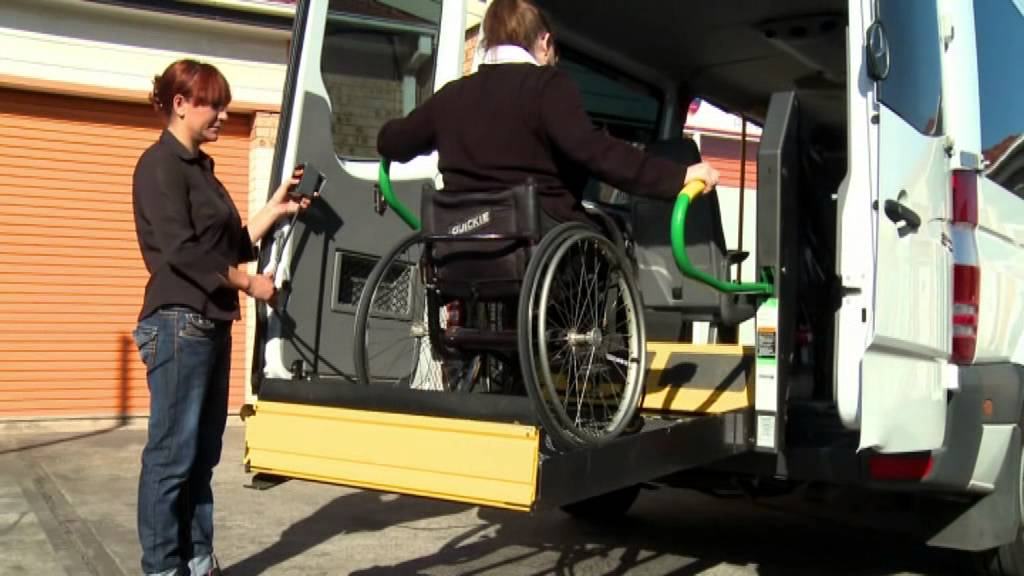When you are attempting to load a wheelchair into your vehicle, you want to ensure that you do it correctly so that it is secure. Whether you are putting the wheelchair in the rear of the van or the front, there are a couple of different ways that you can latch the wheelchair in. There are manual straps and retractable tie-downs that you can use.
Retractable tie-downs
Retractable tie-downs can be an excellent option for latching a wheelchair into Chevrolet wheelchair accessible vans. These systems are user-friendly and easy to operate. While they aren’t cheap, they are a convenient way to keep your wheelchair in place. They are also a great way to save space. Wheelchair securement systems can be manual or electric. You should choose one that meets your needs. There are several options to choose from, including retractable tie-downs, manual tie-downs, and power tie-downs. Manual tie-downs require a caregiver or a wheelchair passenger to use a ratchet to tighten the straps on the wheelchair. Usually, the straps are secured to four points on the wheelchair. Retractable tie-downs feature a quick-release lever. Once the belt is connected, the tie-down automatically retracts into sturdy housing. The straps are less likely to get caught in the wheels of the wheelchair. In addition, there is less chance of tripping or tangling. Most rear-entry wheelchair-accessible vehicles can use this securement system. A power tie-down is an effective way to drive a wheelchair. However, this method requires installation from a certified mobility dealer.
Click here – The Benefits and Challenges of Having an Au Pair
Manual straps
Manual straps to latch a wheelchair into a wheelchair-accessible van are one of the least expensive options recommended for people who need assistance securing their chair. They are also ideal for power chairs. The user must attach the straps to the L-Track or floor anchor to use manual belts and secure the chair. This is often a do-it-yourself project, but it’s best to have a professional install the tie-downs for safety. Unlike retractables, manual straps must be manually adjusted to secure the wheelchair and should never be attached to moving parts of the chair. The straps should be at a 45deg angle and not overlap the restraints. To ensure the straps are at the proper angle, the user may need a little help. If necessary, the user should ask for help from a companion. However, the companion does not need to be as knowledgeable as the person securing the wheelchair. Another option is a Docking System. This is a wheelchair securement system that is bolted into the vehicle floor. When the system is installed correctly, it allows the user to operate the vehicle without assistance. It is beneficial for wheelchair drivers. There are two types of retractable straps: automatic and semi-automatic. Automatic belts are self-tightening and less likely to tangle. The system also has a quick-release mechanism.
Side entry vs. rear entry
You might be asking yourself: “What is the difference between a side entry and a rear entry wheelchair-accessible van?” This is an excellent question because it can help you decide which of these two vehicles is right for you. The main differences are the ability to drive and the car’s extra space for passengers. For most people, the side entry is the better choice. It’s easier to maneuver, allowing the wheelchair user to enter and exit any available parking spot. There are also more options when it comes to power transfer seats. A rear entry van is also an excellent option for wheelchair users, although they aren’t usually as convenient for parking. These models are easier to maneuver and are less expensive than side-entry models. However, you’ll need to have ample room to fit your wheelchair. Side entry models have more space for passengers, but they can be hard to park in tight spaces. If you have a large group of passengers, consider a rear-entry design.
Click here – Why Hiring a Certified Public Accountant is Good For Your Business
Repairing a wheelchair-accessible van
When it comes to repairing a wheelchair-accessible van, there are three steps you need to follow. The first step is to check the battery. If the battery is not working, you may need to replace the conversion controller or the fuse. You must also check the wire harness for faulty links or broken wires. After reviewing the wiring, you can check the conversion fuse. This is the 40-50 amp fuse that the manufacturer has installed. It is connected to the positive terminal of the battery. If the conversion fuse is blown, you will need to reset it. This can be done by pressing the button on the side of the conversion controller. Once the converter is re-initiated, you can drive your wheelchair van again. When repairing a wheelchair-accessible van, you must improve the electrical wires. It would be best to look for a faulty door latch release. In addition, you should check the sliding door tracks for debris. Debris in the channels can interfere with the smooth operation of your wheelchair van. Another way to prevent damage is to maintain a clean and lubricated van. Keeping your wheelchair-accessible vehicle in excellent condition will allow it to last longer and work well. To avoid costly repairs, you should schedule regular maintenance appointments.

